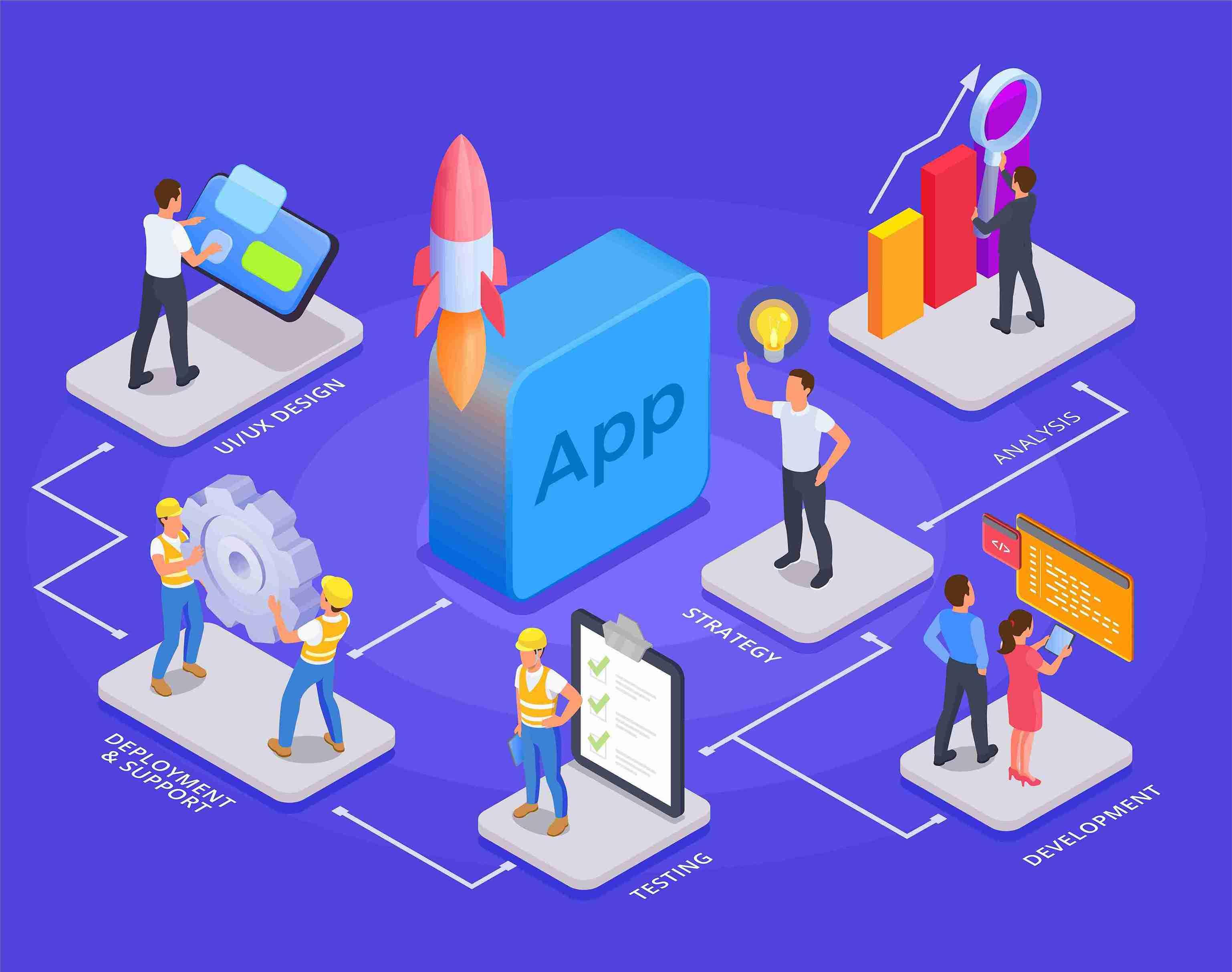The TALL stack is an exciting framework for building full-stack web applications. TALL stands for Tailwind CSS, Alpine.js, Laravel, and Livewire. These technologies work seamlessly together to create modern, dynamic, and efficient web applications with minimal effort. In this blog post, we’ll explore how to build a full-stack application using the TALL stack, step by step

Conduct thorough user research to gain a deep understanding of your target audience’s needs, preferences, and pain points. Leverage tools like surveys, interviews, and usability testing to collect actionable insights that inform your design decisions.
Design a navigation structure that is clean and intuitive. Ensure users can effortlessly locate what they need without feeling overwhelmed. Use familiar icons and clear, descriptive labels to guide their journey through your app or website.
Ensure your app or website loads quickly. Users expect immediate responses, and delays can lead to frustration and abandonment. Employ efficient coding practices, optimize images, and minimize the use of heavy graphics to achieve fast load times.
Incorporate animations and transitions that are seamless and do not compromise performance. Well-designed animations enhance the user experience by offering visual feedback and making interactions more intuitive.
Enable offline functionality for essential features. Providing users access to certain capabilities without an internet connection enhances usability, particularly in areas with poor connectivity.
Implement robust security measures to safeguard user data. Use encryption, secure authentication methods, and conduct regular security audits to protect sensitive information.
Maintain transparency about your data collection and usage practices. Clearly inform users how their data is handled and provide them with control over their privacy settings.
Keep your app updated with the latest security patches and performance improvements. Regular updates not only strengthen security but also demonstrate your commitment to maintaining and enhancing the user experience.
Creating a seamless mobile experience requires a user-centric approach, performance optimization, responsive design, user engagement strategies, and robust security measures. By focusing on these key areas, you can build a mobile app that not only meets user expectations but also stands out in the competitive app market. Remember, a great mobile experience can turn users into loyal advocates, driving the success of your app.